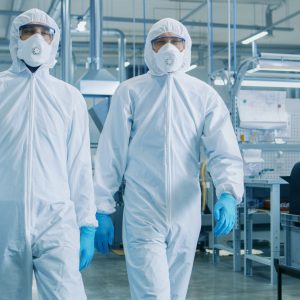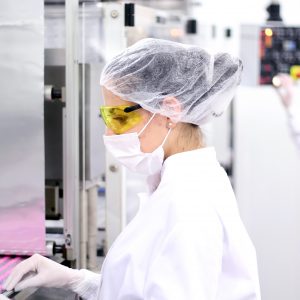Clean Air Process
With our accurate, low velocity, large-duct capable flow meters, Air Monitor’s engineered solutions provide clean air flow measurement for a wide range of industrial applications, ensuring that process efficiencies are maintained, and the system is operating at capacity.
Achieving accurate airflow measurement in large ducts or systems with up or downstream disturbances can be tricky. Air Monitor airflow measurement systems meet the most challenging industrial clean air process monitoring applications – up to and including ISO Class 1 clean room air requirements for industries such as semiconductor manufacturing, life sciences, and satellite assembly.
Speak With an Application Engineer
Air Monitor Solutions Can Help
Optimize process performance
Clean air flow measurement in industrial applications such as quench airflow for fiber manufacturing or aeration to digesters requires a high level of accuracy to ensure that the process is optimized and any leaks can be pinpointed and minimized.Gain system efficiencies and control
Important industrial clean air processes including filtration, heating, coating, and drying often require highly accurate airflow measurement to improve efficiency and control product quality.Reduce operating costs
Maintaining accurate clean air flow measurements will help avoid the overuse of fans and compressed air. It also can prevent compromised equipment performance and possible loss of ISO certification, all leading to increased costs.Blowing Clean Air Into a Cleanroom
In a “cleanroom,” fans blow air through air filtration systems to capture/remove particles and contamination before outside air is fed into the room.
ISO – the International Standards Organization – certifies industries for levels of purity in their cleanroom airflows. ISO cleanroom classifications range from Class 9 to Class 1 - the highest level of purification, requiring removal of ultrafine particulate matter.
Not every clean air application requires such highly efficient filtration. However, all cleanrooms need accurate airflow measurement and control systems to achieve and maintain the proper air quality levels for the industry and certification level.
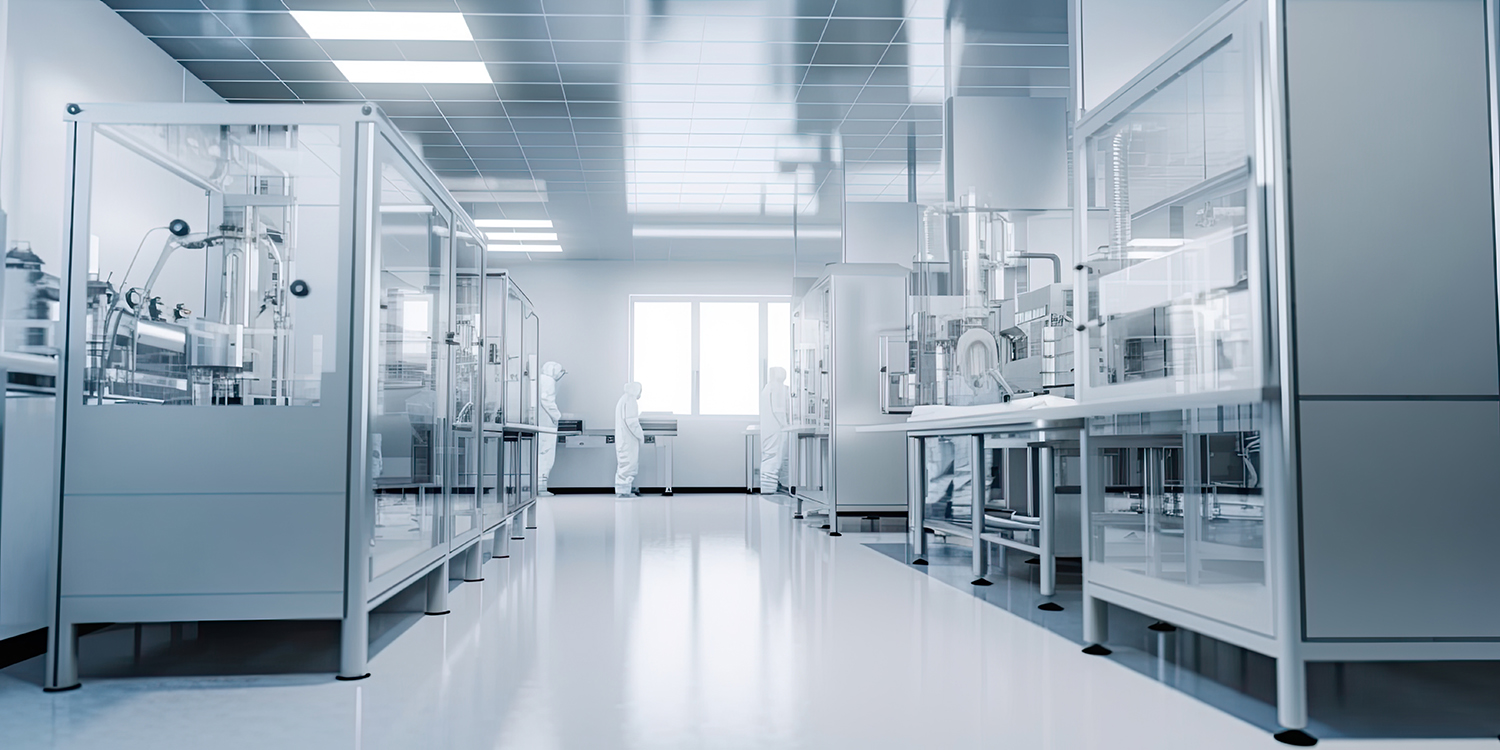
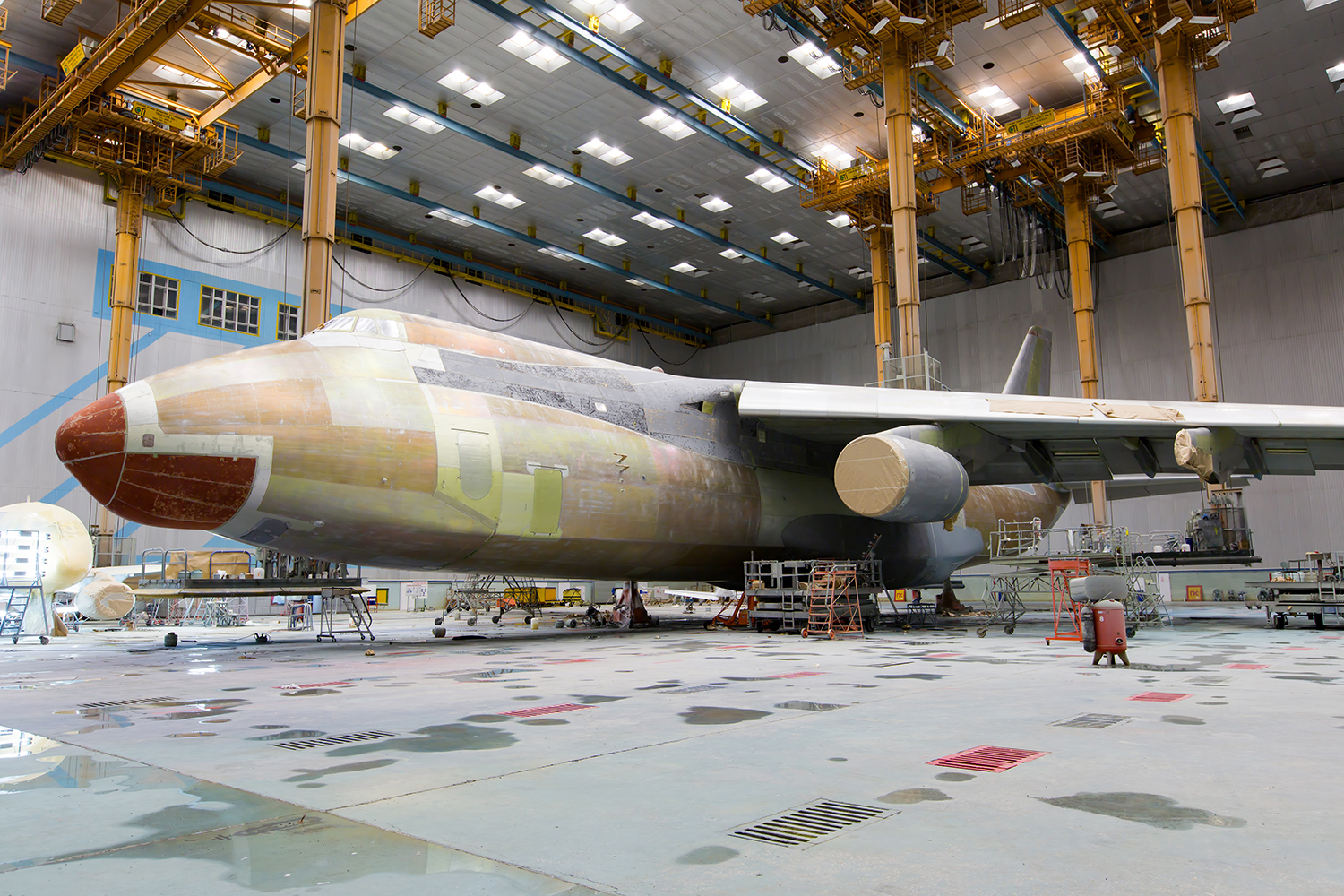
Blowing Clean Air Into Other Clean Spaces
In some industries, particulates must be filtered out of the air stream before ventilation to the atmosphere. For instance, in paint booths, blowers bring fresh/clean air into the paint booth and then paint sprayed inside the booth emits particulates – like VOCs – into the booth air.
To prevent emitting VOCs to the atmosphere, another set of blowers pulls the VOC-contaminated air out of the booth through a system of filtration and water-washes to remove the VOCs, before venting outside.
Air Control Through Pressurization
Along with air showers and air curtains, one way to avoid contaminants from escaping an area is through space pressurization. By keeping air pressure low inside the contaminated zone and high outside of the contaminated zone. In doing so, when a door is opened between the two pressurized zones, the high pressure (non-contaminated) air will flow through the door into the low pressure (contaminated) zone.
Space pressurization is used in hospitals to keep air pressure low inside a ward full of patients with a highly contagious disease. This prevents the disease from moving out of the ward and into other parts of the hospital, where air is kept at higher pressure.
Industrial facilities use space pressurization primarily for improved process control, cost savings, and worker safety. Some applications include:
- Control room pressure in the power/utilities sector and oil and gas exploration
- Pressurized air in pneumatic conveying at refineries
- Pressurized air to meet purity standards in medicine, food, beverage, and electronic production
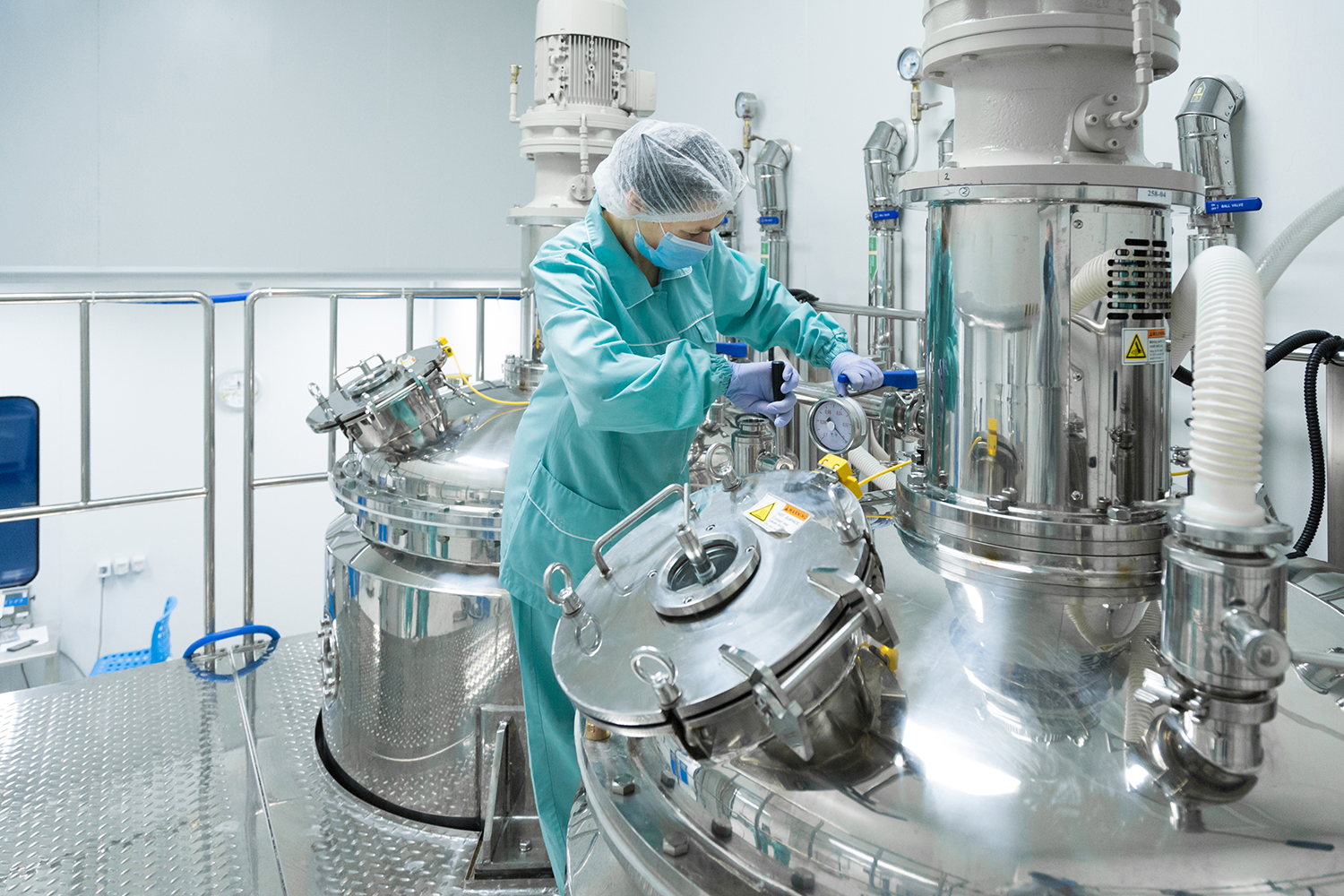

Aeration to Digesters
Typically used in an activated sludge sewage treatment plant, aerobic digesters require precise airflow measurement to ensure that the appropriate amount of oxygen is supplied to the bacteria in order to fully break down the organic matter in the sludge.
Aeration air flow monitoring to digesters must be able to operate over a wide range of flow rates because the amount of air required will vary throughout the day depending on environmental conditions. At the same time, operators look to minimize the amount of compressed air used to reduce operating costs.
News & Innovation
The Importance of Straight, Unobstructed Pipe Runs in Air Flow Measurement
Overcoming the problem of larger duct sizes associated with combustion air flow and tail gas flow measurement in carbon black production requires measurement devices with built-in flow straightening and profile conditioning technology.Optimization 101: Natural Gas Fired Boiler Efficiencies
In a natural gas-fired boiler, the combustion air and fuel feeding the burner must be tuned to the optimal air/fuel ratio to improve efficiencies and minimize excess air and emissions, while ensuring complete combustion.Exploring the Top 3 Industrial Benefits of Facility Pressure Control
Manufacturing facilities must be able to meet purity standards when producing medicines, food, beverages, electronics, or other dust- and contaminant-sensitive products. Facility and space pressure control can help overcome these challenges.Applications
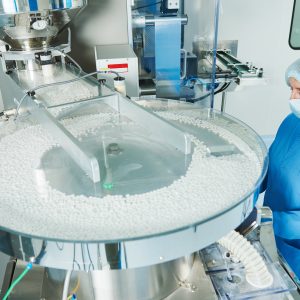
Pharmaceutical Manufacturing
In pharmaceuticals, the processes of blending, filtration, heating, tableting, granulation, coating, and drying require accurate airflow measurement to achieve more efficiencies and higher product quality.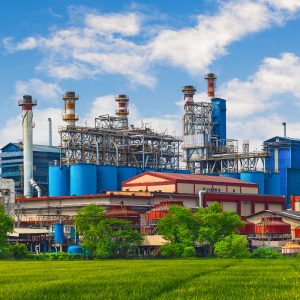
Semiconductor Manufacturing
Air flow verification is a critical component in electronics manufacturing to produce semiconductors, including photolithography and chemical processes such as surface passivation and thermal oxidation.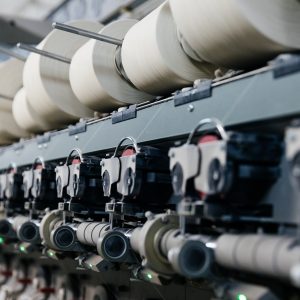
Fiber Manufacturing
Control over airflow with highly accurate measurement equipment from Air Monitor is essential for efficient and effective material drying for manufacturing textiles from natural or synthetic polymers. Proper control of airflow in your fiber manufacturing process will help ensure the optimal quality of the fibers. It can also maximize your process efficiency, and—in some cases—allow for emissions monitoring.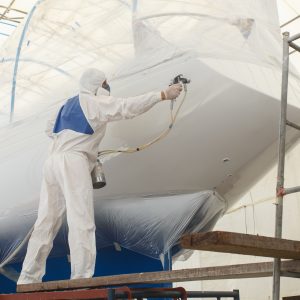
Paint Booths
A space pressurization system coupled with precise airflow monitoring and control leads to a higher-quality paintwork process for the automotive and aerospace industries.

